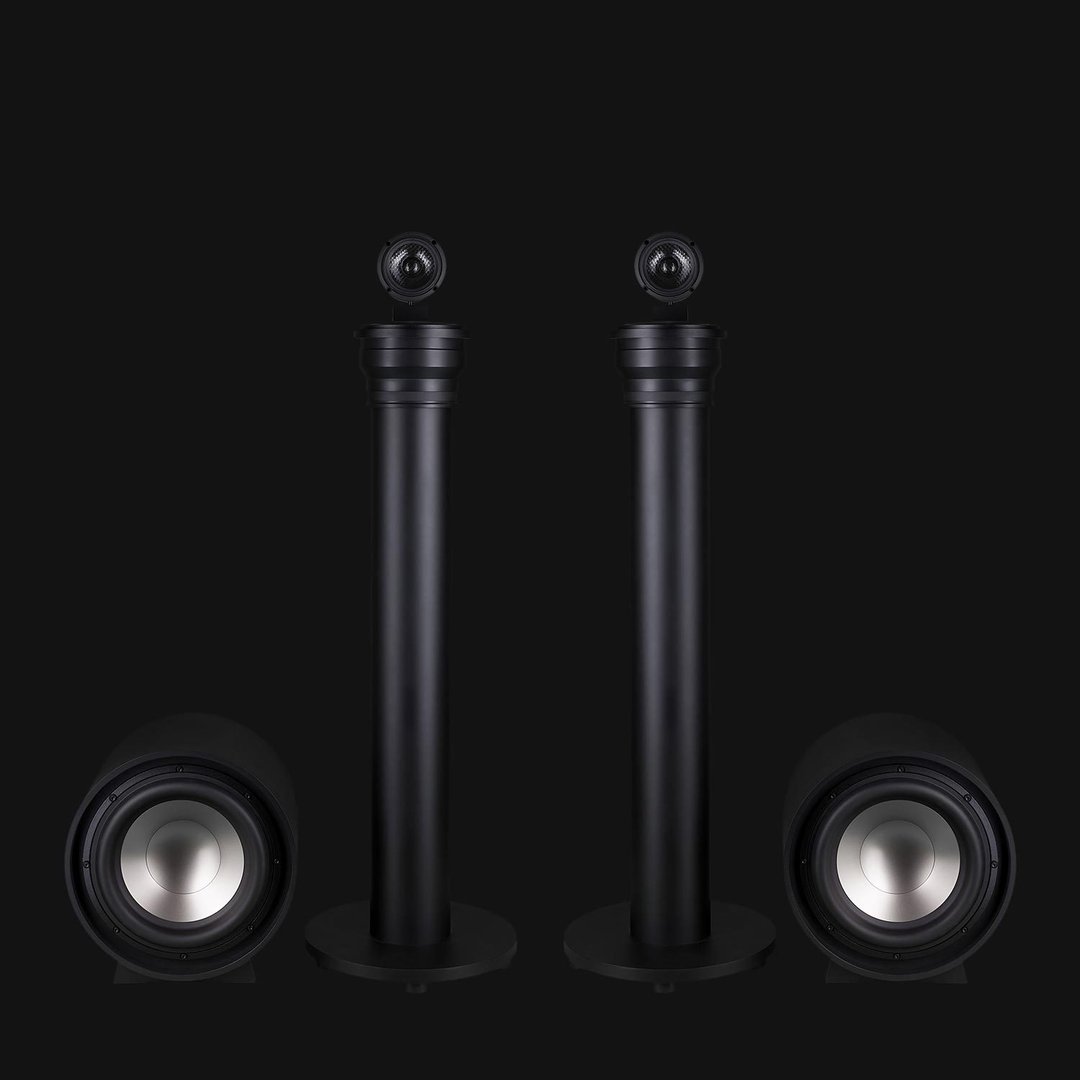This is a review and detailed measurements of the Topping DM7 8-channel balanced USB DAC. It was sent to me by the company and costs US $599.

The DM7 is simplicity in itself as you can tell from its rear terminals:

USB input is the only one provided which is just fine with me. And seems trigger support is becoming standard in Topping products which is nice.
1/4 connectors are used to save space so you need to get adapters for your XLR cables or better yet, XLR to 1/4 as I use.
EDIT: remote control is also provided.
I am not sure I understand the model numbering though. DM7?
Topping DM7 Measurements
I connected my analyzer to channels 1 and 2:

Performance in channel 2 is excellent. Channel 1 is a hair worse so I tested the rest. Channel 8 also matched it but all the rest produced 120+ dB SINAD. So I gave it the benefit of the doubt that the average would be that of channel 2, placing DM7 in our top 20 rankings of lowest noise and distortion DACs:

Note that the above is with reduced output of -2 dBFS. Performance gets better at full range:

Dynamic range is excellent as you would expect:

Multitone performance is well, excellent yet again:

As is linearity:

IMD distortion shows a hint of "ESS IMD Hump" in one channel but not int he other:

I was impressed by how clean the jitter spectrum was, nicely resolving the few tones at multiples of 250 Hz at 24 bit depth:

Filter response is as you expect:

As expected, choice of filter has some effect in our wideband test but both are excellent results:

Conclusions
I must say I was surprised when I saw Topping go into multichannel DAC domain. Not for any specific reason other than being so used to two channel products from them. This is a nice development especially at this performance and price. Execution is perfect as we expect from Topping. There is nothing whatsoever that I can remotely criticize.
It is my pleasure to recommend Topping DM7.
-----------
As always, questions, comments, recommendations, etc. are welcome.
Any donations are much appreciated using: https://www.audiosciencereview.com/forum/index.php?threads/how-to-support-audio-science-review.8150/
The DM7 is simplicity in itself as you can tell from its rear terminals:
USB input is the only one provided which is just fine with me. And seems trigger support is becoming standard in Topping products which is nice.
1/4 connectors are used to save space so you need to get adapters for your XLR cables or better yet, XLR to 1/4 as I use.
EDIT: remote control is also provided.
I am not sure I understand the model numbering though. DM7?
Topping DM7 Measurements
I connected my analyzer to channels 1 and 2:
Performance in channel 2 is excellent. Channel 1 is a hair worse so I tested the rest. Channel 8 also matched it but all the rest produced 120+ dB SINAD. So I gave it the benefit of the doubt that the average would be that of channel 2, placing DM7 in our top 20 rankings of lowest noise and distortion DACs:
Note that the above is with reduced output of -2 dBFS. Performance gets better at full range:
Dynamic range is excellent as you would expect:
Multitone performance is well, excellent yet again:
As is linearity:
IMD distortion shows a hint of "ESS IMD Hump" in one channel but not int he other:
I was impressed by how clean the jitter spectrum was, nicely resolving the few tones at multiples of 250 Hz at 24 bit depth:
Filter response is as you expect:
As expected, choice of filter has some effect in our wideband test but both are excellent results:
Conclusions
I must say I was surprised when I saw Topping go into multichannel DAC domain. Not for any specific reason other than being so used to two channel products from them. This is a nice development especially at this performance and price. Execution is perfect as we expect from Topping. There is nothing whatsoever that I can remotely criticize.
It is my pleasure to recommend Topping DM7.
-----------
As always, questions, comments, recommendations, etc. are welcome.
Any donations are much appreciated using: https://www.audiosciencereview.com/forum/index.php?threads/how-to-support-audio-science-review.8150/


